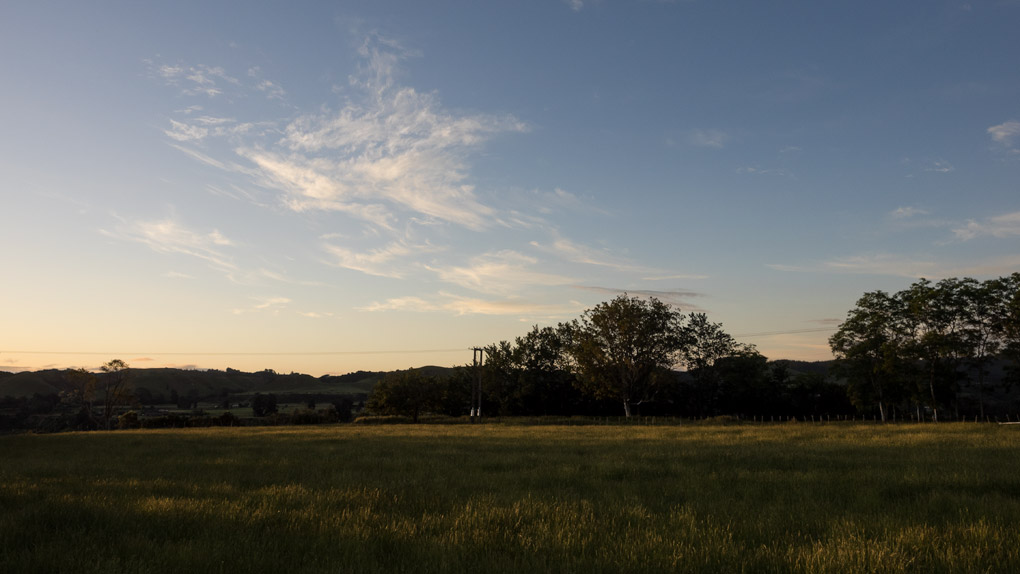At the top of the No. 1 Line track a few days ago, these big flies were patrolling a small clear area. When one alighted on a leaf of horopito (pepperwood;
Pseudowintera colorata), I switched to the macro lens and managed a series of photographs. Although these are slightly bigger than a blowfly, the high magnification meant focusing was critical, and only a small number of the photographs were satisfactory.
An impressive proboscis, isn't it? Fortunately, these feed on nectar and perhaps pollen, so calling them horseflies, as other species of the family are known elsewhere in the world, isn't appropriate here. Guess we're lucky. I've been bitten by horseflies in Mongolia, and they HURT.
[24 December 2013, Olympus OM-D EM-1, 60 mm f2.8 Macro , ISO 200, 1/250 at f2.8]
All content © 2013 Pete McGregor















